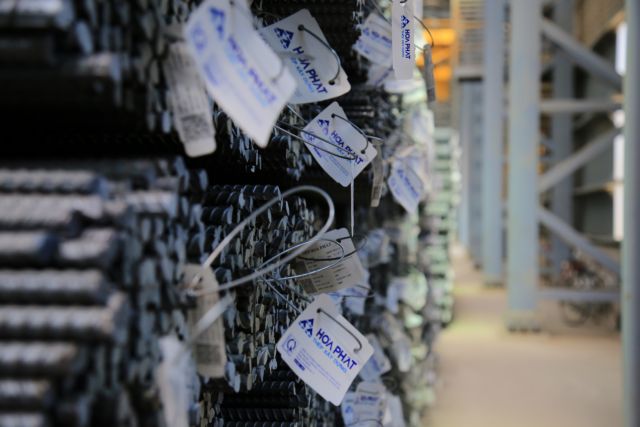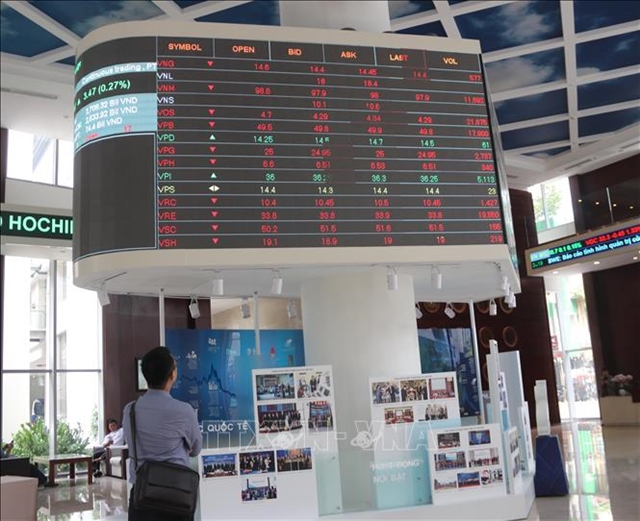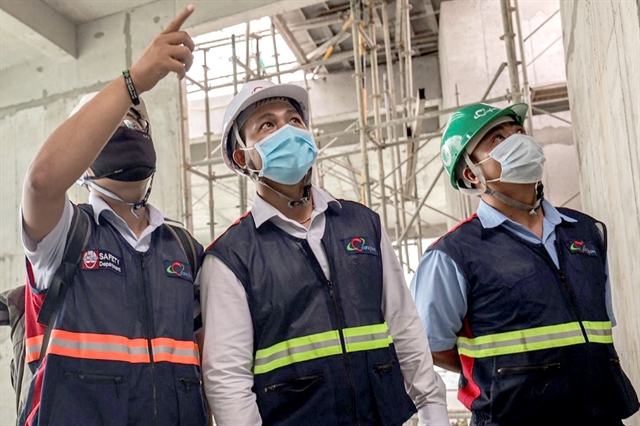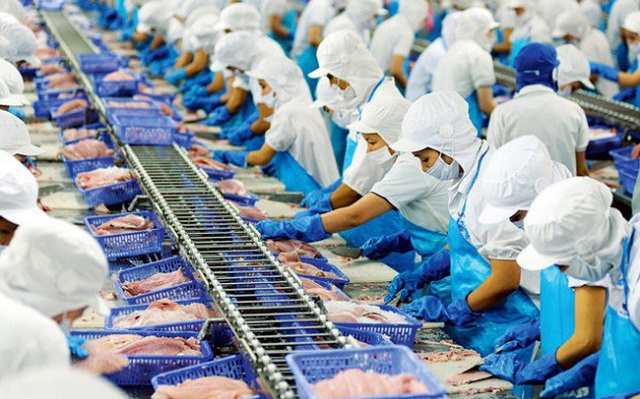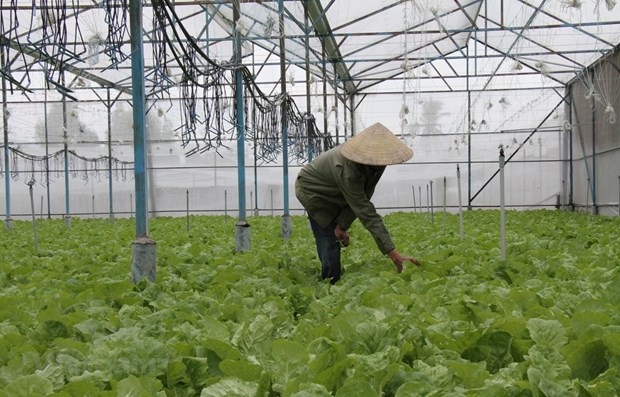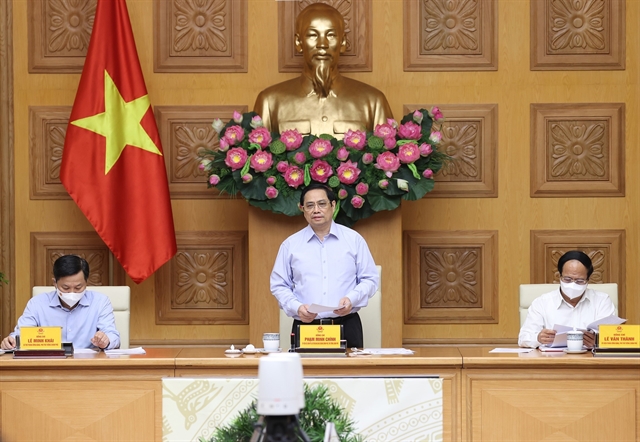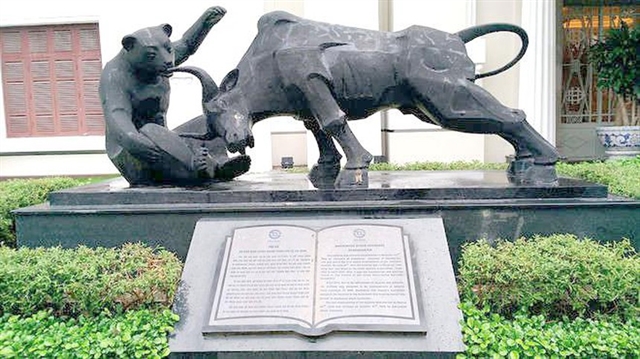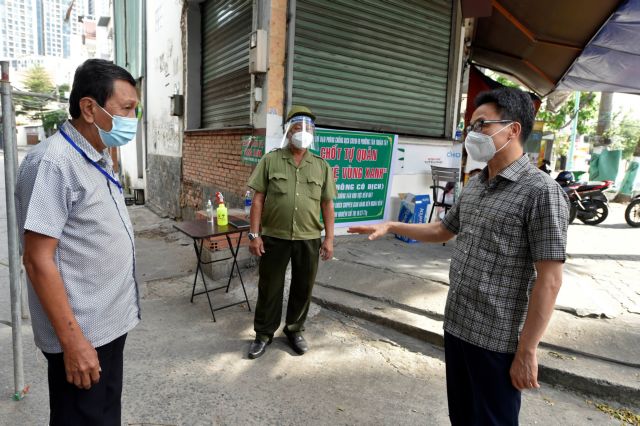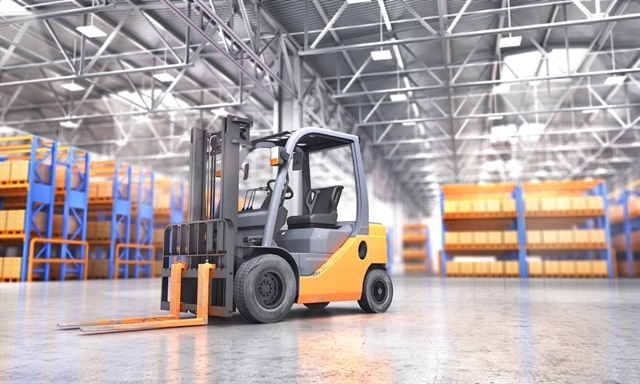
HCM CITY — Investments in logistics and industrial real estate in the Asia Pacific will double in the next three to five years as investors look to increase exposure to the asset class, property consultant Jones Lang LaSalle has forecast in a recent report.
It expects the figure to rise to US$50-60 billion from the current $25-30 billion.
Logistics and industrial buildings, comprising warehousing, supply chain and manufacturing facilities, would see increased investment due to rising occupier confidence in the sector, it said.
In recent years, due to the evolution of e-commerce and third-party logistics (3PL) services, both investor engagement and occupier composition within logistics and industrial real estate had changed significantly, it said.
Tom Woolhouse, head of logistics and industrial, Asia Pacific, at JLL, said: “Across Asia Pacific, structural changes to asset allocations and supply chain networks have converged to accelerate logistics sector investor and occupier demand. Increased investment into logistics and industrial real estate mirrors changes in occupier strategies for higher quality assets and the shifting composition towards ‘new economy’ occupiers, based largely around e-commerce growth and technology-enabled supply chains.”
Contributing to swelling investment volumes is a growing number of portfolio and mega deals and several macroeconomic factors.
The urban population in the Asia Pacific is set to rise by 41 million a year between 2020 and 2025.
In the same period an additional 760 million people will join the middle class, and incomes will grow at 4 per cent a year, presenting significant growth potential for the sector.
According to JLL research, logistics funds doubled assets under management in 2020 and continued to accelerate further in 2021.
In the last six months a record number of mega deals were done in the Asia Pacific logistics and industrial sector, including ESR’s purchase of the Blackstone Milestone portfolio in Australia, even as yields fell faster than interest rates in the last 12 months.
Regina Lim, head of capital markets research, Asia Pacific, JLL, said: “The attractiveness of the logistics and industrial asset class will only intensify in the eyes of investors. In reality, institutional investors have just begun strategic reallocation of their portfolios and need to increase their exposure to logistics assets by 40-50 per cent in the near term as they look to allocate capital into stable income producing assets.”
Investment is projected to be strongest in South Korea, Australia and China, given the availability of new modern logistics stock.
The inflow of funds focused on these countries and resilient demand from e-commerce penetration will continue to offset yield compression and stiff competition for assets.
According to JLL analysis, robust demand-supply dynamics will support further yield compression.
Việt Nam, currently one of the fastest growing e-commerce markets in Southeast Asia, saw a massive acceleration in 2020-21 as shoppers stuck at home flocked online.
Paul Fisher, JLL country head for Vietnam, said: “Logistics is crucial to the future success of the Vietnamese e-commerce market. Many foreign logistics providers are making efforts to meet the rapidly growing needs of the market.”
Due to the consistent increase in core and core-plus funds coming into the sector over recent years, there is potential for more sale and leaseback transactions in the sector across the Asia Pacific.
Many owner occupiers are exploring this option to free up capital expenditure to upgrade facilities and implement new technological solutions for warehousing and supply chain management.
Peter Guevara, director, research, Asia Pacific, JLL, said: “The increasing adoption of technology and automation solutions coupled with a better understanding of the rising importance of environmental, social and governance and human-centric design requirements all point to a new trajectory for the logistics sector.
‘Ultimately, this new trajectory is changing the occupier mix significantly and supporting the investment thesis for prime, modern logistics real estate.”
Fisher said: “Compared to regional peers, Việt Nam's logistics market is in a nascent stage. The investment we are seeing into infrastructure, as well as from the private sector into developing state of the art facilities, is well needed.
“Driven by growth in the e-commerce and manufacturing sectors, as well as growing domestic consumption, we believe that the Viet Nam logistics market will continue to thrive and evolve in the same way we have witnessed in other markets.” — VNS


